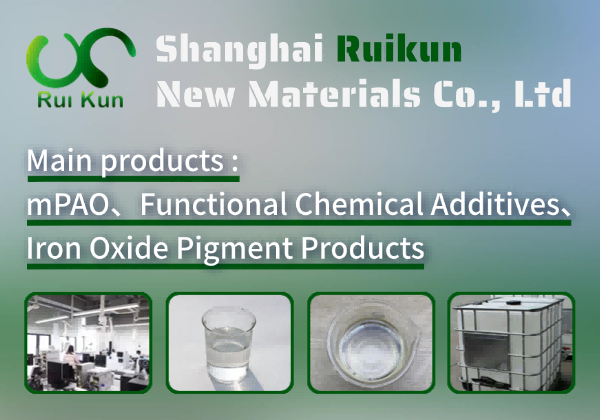What is hydride-water
Hydride-water is an innovative and sustainable solution designed to address the growing demand for clean energy and efficient hydrogen storage. This advanced product combines metal hydrides with water to safely and effectively release hydrogen gas on demand, offering a reliable and eco-friendly alternative to traditional fossil fuels. Hydride-water systems are compact, easy to use, and ideal for applications ranging from portable power generation to fuel cell vehicles. With its ability to store hydrogen at low pressure and ambient temperatures, hydride-water ensures enhanced safety and energy efficiency. As the world transitions toward renewable energy, hydride-water stands out as a cutting-edge technology poised to revolutionize the hydrogen economy.
Preparation Process: The preparation of hydride-water typically involves the reaction of a metal hydride (e.g., sodium hydride, NaH) with water under controlled conditions. In a typical procedure, NaH is slowly added to ice-cold water in an inert atmosphere (e.g., nitrogen or argon) to minimize rapid hydrogen gas evolution. The exothermic reaction produces hydrogen and a hydroxide (e.g., NaOH). Safety precautions, such as using protective gear and working in a fume hood, are critical due to the flammability of hydrogen and the corrosive nature of the products. The mixture is stirred until the hydride fully reacts, yielding a basic aqueous solution.
Usage Scenarios: The compound hydride-water (commonly referring to metal hydrides reacting with water) is primarily used for hydrogen generation, serving as a portable or emergency fuel source in applications like fuel cells and hydrogen-powered vehicles. It also finds use in chemical synthesis, where controlled hydrogen release is required. In laboratory settings, hydride-water reactions are employed for reducing agents or desiccants. Some metal hydrides, like sodium borohydride, are utilized in wastewater treatment to remove heavy metals. Additionally, hydride-water systems are explored for energy storage due to their high hydrogen density. Safety applications include hydrogen-based flame detectors and inflatable devices.
hydride-water Basic Info
hydride-water Price
China: $40-$80
Russia: $60-$110
Germany: $70-$120
India: $45-$90
Japan: $80-$130
Brazil: $55-$100
South Korea: $50-$95
Philippines: $40-$85
United Kingdom: $70-$120
France: $75-$125
Mexico: $50-$95
Canada: $65-$110
South Africa: $45-$90
Egypt: $50-$95
Turkey: $55-$100
Thailand: $45-$90
Indonesia: No results


 沪ICP备2021018848号-5
沪ICP备2021018848号-5

